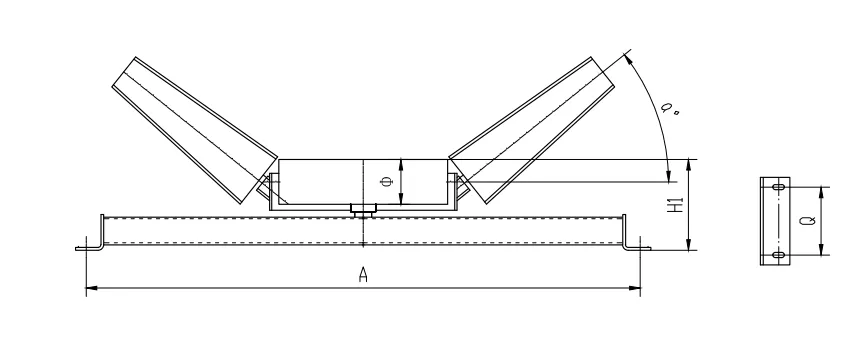 Afrikaans
Afrikaans  Albanian
Albanian  Amharic
Amharic  Arabic
Arabic  Armenian
Armenian  Azerbaijani
Azerbaijani  Basque
Basque  Belarusian
Belarusian  Bengali
Bengali  Bosnian
Bosnian  Bulgarian
Bulgarian  Catalan
Catalan  Cebuano
Cebuano  Corsican
Corsican  Croatian
Croatian  Czech
Czech  Danish
Danish  Dutch
Dutch  English
English  Esperanto
Esperanto  Estonian
Estonian  Finnish
Finnish  French
French  Frisian
Frisian  Galician
Galician  Georgian
Georgian  German
German  Greek
Greek  Gujarati
Gujarati  Haitian Creole
Haitian Creole  hausa
hausa  hawaiian
hawaiian  Hebrew
Hebrew  Hindi
Hindi  Miao
Miao  Hungarian
Hungarian  Icelandic
Icelandic  igbo
igbo  Indonesian
Indonesian  irish
irish  Italian
Italian  Japanese
Japanese  Javanese
Javanese  Kannada
Kannada  kazakh
kazakh  Khmer
Khmer  Rwandese
Rwandese  Korean
Korean  Kurdish
Kurdish  Kyrgyz
Kyrgyz  Lao
Lao  Latin
Latin  Latvian
Latvian  Lithuanian
Lithuanian  Luxembourgish
Luxembourgish  Macedonian
Macedonian  Malgashi
Malgashi  Malay
Malay  Malayalam
Malayalam  Maltese
Maltese  Maori
Maori  Marathi
Marathi  Mongolian
Mongolian  Myanmar
Myanmar  Nepali
Nepali  Norwegian
Norwegian  Norwegian
Norwegian  Occitan
Occitan  Pashto
Pashto  Persian
Persian  Polish
Polish  Portuguese
Portuguese  Punjabi
Punjabi  Romanian
Romanian  Russian
Russian  Samoan
Samoan  Scottish Gaelic
Scottish Gaelic  Serbian
Serbian  Sesotho
Sesotho  Shona
Shona  Sindhi
Sindhi  Sinhala
Sinhala  Slovak
Slovak  Slovenian
Slovenian  Somali
Somali  Spanish
Spanish  Sundanese
Sundanese  Swahili
Swahili  Swedish
Swedish  Tagalog
Tagalog  Tajik
Tajik  Tamil
Tamil  Tatar
Tatar  Telugu
Telugu  Thai
Thai  Turkish
Turkish  Turkmen
Turkmen  Ukrainian
Ukrainian  Urdu
Urdu  Uighur
Uighur  Uzbek
Uzbek  Vietnamese
Vietnamese  Welsh
Welsh  Bantu
Bantu  Yiddish
Yiddish  Yoruba
Yoruba  Zulu
Zulu belt drive pulley types
Understanding Belt Drive Pulley Types
Belt drive systems are crucial components in various machinery and industrial applications, facilitating the transfer of power between rotating shafts. At the heart of these systems are pulleys, which play a vital role in determining the efficiency and performance of the belt drive. In this article, we will explore different types of belt drive pulleys, their applications, and how to select the right type for your needs.
1. Basic Types of Belt Drive Pulleys
Belt drive pulleys can be classified into several types based on their design and function. The most common types include
- Fixed Pulleys These pulleys have a stationary position and are used to change the direction of force without altering the speed or torque. Fixed pulleys are primarily used in simple systems, allowing for easier lifting of loads by virtue of redirected force.
- Movable Pulleys Unlike fixed pulleys, movable pulleys can change position along with the load. They effectively reduce the amount of force needed to lift an object. By using a movable pulley, one can gain a mechanical advantage, making it easier to lift heavier loads.
- Compound Pulleys These consist of a combination of fixed and movable pulleys, forming a block-and-tackle system. Compound pulleys provide significant mechanical advantage and are commonly used in applications requiring the lifting of heavy weights with less effort.
- Idler Pulleys Idler pulleys are not directly involved in lifting but are essential for guiding and maintaining proper tension on the belt. They help prevent belt slippage and undue wear, thereby extending the lifespan of the belt drive system.
2. Material Considerations
The materials used to manufacture belt drive pulleys significantly influence their performance and durability. Common materials include
- Steel Known for its strength and durability, steel pulleys are often used in heavy-duty applications. They can withstand high loads and offer excellent wear resistance.
- Aluminum Lightweight and resistant to corrosion, aluminum pulleys are favored in applications where weight is a concern. While they may not handle as much load as steel, they are suitable for smaller, less demanding tasks.
- Plastic Plastic pulleys are used in lighter applications where cost efficiency and weight reduction are primary concerns. They are suitable for low-load situations but may not provide the durability needed in industrial contexts.
3. Performance Factors
belt drive pulley types

When selecting a belt drive pulley system, several performance factors need to be considered
- Diameter The diameter of the pulley affects the mechanical advantage and speed of rotation. A larger pulley diameter can provide more torque but may slow down the speed of the shaft it drives.
- Belt Type Different belt types, such as V-belts and flat belts, interact differently with pulleys. Selecting the right pulley design is crucial for optimal performance with your specific belt type.
- Load Capacity Each pulley has a specific load-bearing capacity. It's essential to ensure that the chosen pulley can handle the operational loads without risk of failure.
- Speed The rotational speed of the pulley is also paramount. Higher speeds may require pulleys with specific designs to minimize vibration and maintain balance.
4. Applications
Belt drive pulleys are found in a wide range of applications across various industries
- Manufacturing Used in conveyor systems, milling machines, and other machinery for material handling and processing.
- Automotive Essential in engine systems for driving components like the alternator and water pump.
- Agriculture Utilized in various farming equipment, including tractors and harvesters, to drive machinery efficiently.
- Construction Pulleys are used in cranes and hoists to facilitate lifting and lowering heavy materials.
Conclusion
Understanding the types and functions of belt drive pulleys is essential for anyone involved in mechanical design, maintenance, or repair. By recognizing the various types of pulleys available and their specific applications, you can make informed decisions that enhance the efficiency and reliability of your belt drive systems. Whether you're working in manufacturing, automotive, or agriculture, the right pulley choice can make all the difference in achieving optimal performance and longevity of your equipment.
-
Revolutionizing Conveyor Reliability with Advanced Rubber Lagging PulleysNewsJul.22,2025
-
Powering Precision and Durability with Expert Manufacturers of Conveyor ComponentsNewsJul.22,2025
-
Optimizing Conveyor Systems with Advanced Conveyor AccessoriesNewsJul.22,2025
-
Maximize Conveyor Efficiency with Quality Conveyor Idler PulleysNewsJul.22,2025
-
Future-Proof Your Conveyor System with High-Performance Polyurethane RollerNewsJul.22,2025
-
Driving Efficiency Forward with Quality Idlers and RollersNewsJul.22,2025





























